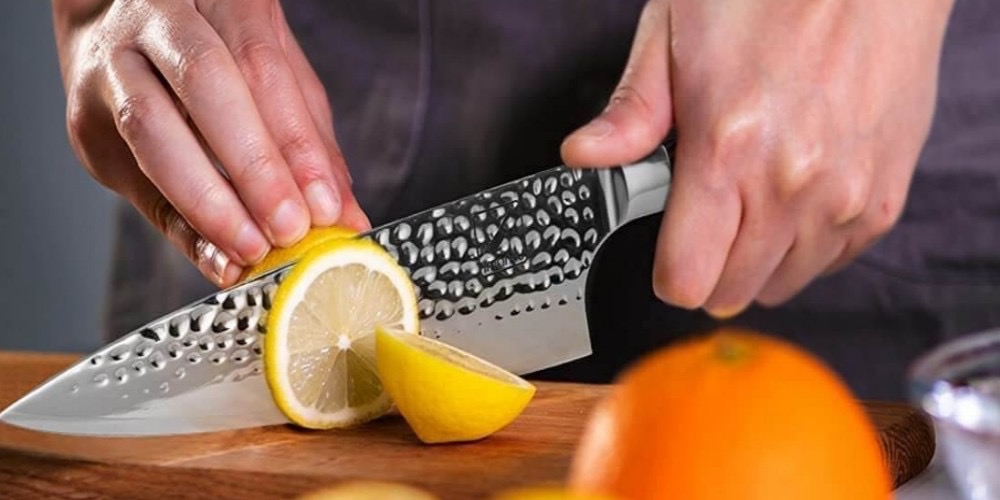Proper cleaning and maintenance of a knife help prolong the knife’s lifespan. Thus, it is essential to properly wash the blade of every knife after use. Due to the different materials that are used to make knives, different techniques were devised and used to clean different types of knives. This article highlights the different knife types and the different techniques used in maintaining these knives.
Knives are very important tools used in the kitchen and can serve many safe and healthy purposes. Everything you need to know about kitchen knives is available here.
The Different Knife Types.
The different types of knives highlighted in this article are based on the different materials used in making knives. They are:
- Ceramic knives: These knives have their blade made from zirconium dioxide, a mineral used in making ceramic blades. These blades have neutral chemical properties and are thus resistant to oxidation.
- Stainless steel knives: These knives are made of chrome, and react slowly to oxidation.
- Carbon-based steel knives: These knives are made from carbon steel, and carbon steel is an element lacking in the elements required to resist corrosion.
Maintaining Knife Blades
The major aim of maintaining knives is to protect the blade from corrosion due to oxidation, preserve the sharp knife’s blade, and also preserve the shine of the knife’s blade. There are different maintenance techniques based on the different knife types.
- For Ceramic knives: The maintenance and cleaning process for these type of knives is generally simple, this is because the element used in making these knives is chemically neutral (that is has a pH 7). Hence, oxidation does not affect it. To clean this knife after use, simply pass the knife’s blade under running water and leave it to air dry. Using a clean cloth to polish the blade also helps preserve the shine.
- For Stainless steel knives: These knives do not oxidize and thus are also easy to clean. After every use, these knives can be cleaned by using hot water and dish soap or other mild soaps, after washing use a clean dry cloth to dry the knife’s blade. Do not use harsh dish soap to wash this knife and do not leave the knife to air dry after washing. This results in a knife with a dull appearance.
- For carbon-based steel knives: These are the most common set of knives in the culinary world although they react easily to oxidation. This set of knives require more care to maintain and preserve its qualities. There are two ways of caring for this knife, they are:
- By using a damp cotton cloth to clean the blade.
- By using water. When using water there are certain precautions to take. They are:
- Avoid soaking the knife in water
- Avoid the use of any kind of soap.
- After cleaning the knife with a damp sponge, dry the knife immediately with a dry cloth and never leave the knife to air dry.
- Store the knife properly.
Conclusion
All the above-mentioned tips are everything that is needed to know for easy and proper maintenance of knives to avoid the knives losing any of their properties.


